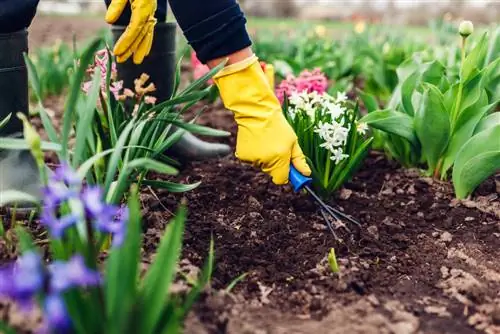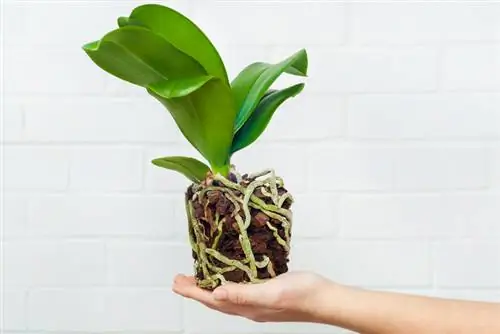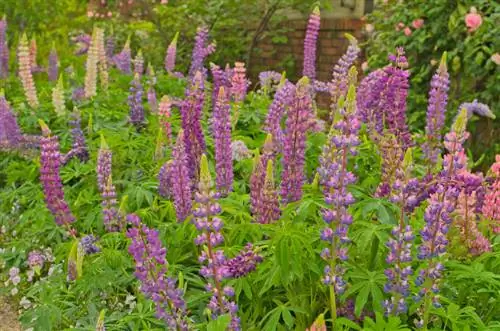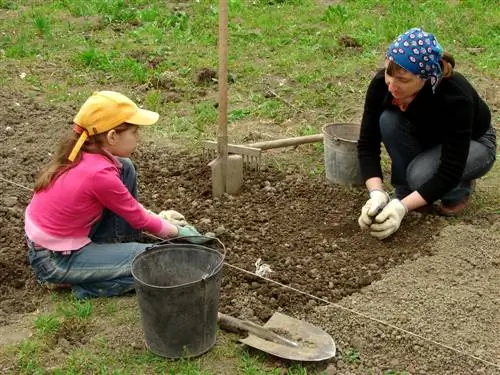- Author admin [email protected].
- Public 2023-12-25 17:45.
- Last modified 2025-01-23 11:22.
You can recognize a good potting soil by the fact that it has a crumbly and airy texture, stores water well and contains sufficient nutrients. If the soil is hard, plants will not grow optimally and the soil must be loosened.
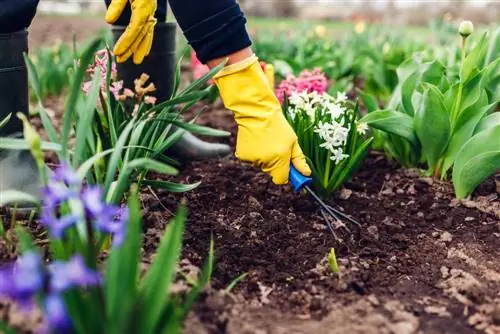
How can you loosen potting soil?
To loosen potting soil, use garden tools such as a spade, cultivator, sow tooth, digging fork or hoe to break up the compacted soil and promote air circulation. Incorporate additional compost to improve nutrients and structure.
Compacted soil
When the gardens are to be set up after new houses have been built, you find that the ground is as hard as concrete. Construction machines have exerted strong pressure on the earth, compacting the soil. There is also the different composition of the earth. Loamy or clayey soil stores a lot of water. It compacts particularly quickly under high loads. A lot has to be done to create good garden soil here.
What is the effect of compacted soil?
Few soil organisms live in compacted soil because they cannot breathe in the compressed soil. Earthworms are rarely found here.
If plants already grow in such soil, they will have little or no roots in the depths and are therefore vulnerable to drought. Another disadvantage of heavily compacted soil is the risk of waterlogging. If it rains for a long time and heavily, the water cannot seep away and mildew processes can set in in standing water.
Loosen the compacted soil
If you want to create beautiful flower and productive vegetable beds, you should definitely loosen up your garden soil. Loosening in flower pots and flower pots is easy. Here you take a small hoe and loosen the soil. Compost can be incorporated immediately into larger buckets.
In larger beds, the soil must also be loosened with larger equipment (€39.00 on Amazon). Here we offer:
- the spade
- the large-tine cultivator (multiple tines)
- the sow tooth (only one big prong)
- the little hand cultivator
- the digging fork
- the rose fork (only 2 prongs) for loosening the root area of perennials
- various hoes, such as B. the garden hoe, the heart hoe, the plant hoe
When creating new beds, you can first dig with a spade. However, the spade is used to reach relatively deep and shake up the soil organisms thoroughly. There isn't much of it in compacted soil, so digging can also be done. Later, in loose and humus-rich soil, you should use a cultivator and use it to loosen the top layer of soil. This can also be used to incorporate the necessary compost.

